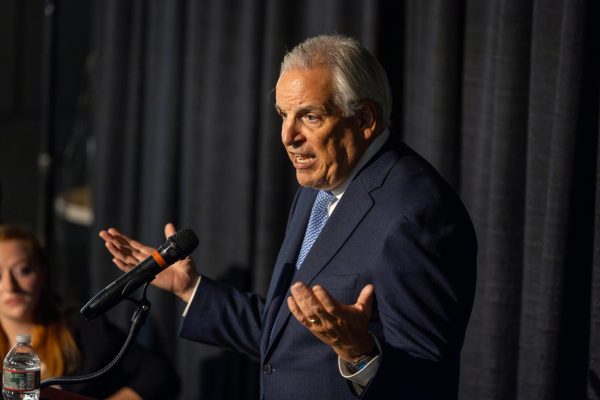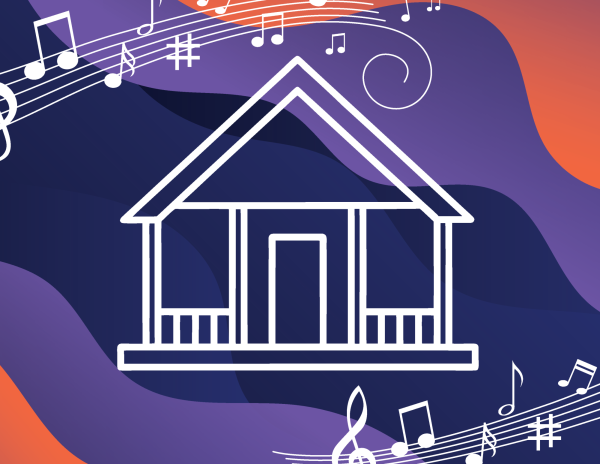RWU campus lacks accessibility
To the general RWU population, the addition of a sidewalk ramp or an elevator in an academic building isn’t a big deal. An elevator in a residence hall could make it easier for move-in day when students have to carry their belongings up three flights of stairs. But what is a student to do if they need an elevator or ramp to be able to get into a building?
Having a campus that is accessible to all students and inclusive of all — regardless of background, race, financial standing or religion — is what our name sake, Roger Williams, wanted for our society. Even though there are many new elevators in academic buildings on campus, RWU is not accessible to all yet.
A graduate student in the School of Architecture, Art and History Preservation recalled her undergraduate years when an elevator was added to one of the academic buildings for a student to be able to attend class.
For most, the act of registering for classes at the end of a semester is about getting into classes they need to graduate. For others, the location of the class may have a more important standing than the class itself.
When creating plans for a building, hallways, doorways and ramps must comply to the Americans with Disabilities Act (ADA) regulations in order for the building to truly be accessible to all those who want to enter it. One undergraduate student recalled being in a class for architecture which required students to ride through campus in wheelchairs. These students kept track of the ease or difficulty it was to navigate the campus in a wheelchair. These students made a rough conclusion that about 75 to 85 percent of the campus is accessible for all students. The first-hand experience architecture students got while trying to get from place to place on campus gave them a better understanding of how important it is to create a building which complies to ADA regulations.
Today, most buildings on campus have elevators which go to every floor, allowing any student to take any class they need to. However, places such as the Performing Arts Center and many of the residence halls are not accessible to all students.
A student who is interested in being a theatre major or learning more about the “behind the scenes” technology of a performance and cannot use stairs will not have access to any classes in the Performing Arts Center or the technology that the student would need to learn. Cathy Nicoli, a dance professor, is always concerned about seating during performances. “Because the theatre’s seating is limited, it makes it difficult to have a wheelchair in there without it feeling like it’s on the stage,” commented Cathy Nicoli.
As for dorms, only one is fully wheelchair accessible: North Campus Residence Hall.
According to Tony Montefusco, Director of Residence Life and Housing, Stonewall, Baypoint and now Driftwood have areas that are accessible, but only on the first floors.
“Hopefully we can continue to make improvements to our sidewalks so that they are more accessible,” said Montefusco.





